Developing Empathy Apparatus Two: A System for Amplifying the Echo
In Empathy Apparatus Two: A System For Amplifying The Echo, I use volume to act in the face of incomprehensibility.
I created a tool for amplifying the voice by crocheting speaker wire into a conductive neck brace. I imagined the wire as another vibrating larynx, knotting the wire in a continual loop until I had shaped it into a tall collar with flared sides. When worn, the collar restricted my throat, but the glinting copper appeared archaically regal.
Once I had the tool, I experimented with the electromagnetic field of the brace. I wired each exposed end of the collar into a sound system. It emitted a steady hum. I began touching and folding the collar, increasing the volume and pitch of the hum. However, wearing the collar engaged the distortion provided by touch, meaning there was no difference while it was on.
I filmed an experiment where I recorded myself reading a passage about my grandmother’s loss of voice and then played that recording through the speaker wire and out of some speakers at full volume. In this performance, I aimed to emphasise my grandmother’s inability to repeat herself by getting the system to repeat me. Fittingly, viewers theorised it as an empathy and grief machine, discussing that the first person many of us know to die is a grandparent. This addressed my aim, however, the distinction was not strong enough to create the emotive response to amplification I wanted. I decided I needed more volume to emphasise the difference between my voice and the system’s amplification.
An early performance, Flesh in the Wires B) The Speaker Collar, video recording, duration 01:19, 2021.
The Speaker Collar
An early iteration of The Speaker Collar, speaker wire, 210mm x 280mm x 180 mm, 2021. Photo: Rory Gillen 2021.
An early iteration of The Speaker Collar (detail), speaker wire, 210mm x 280mm x 180 mm, 2021. Photo: Rory Gillen 2021.
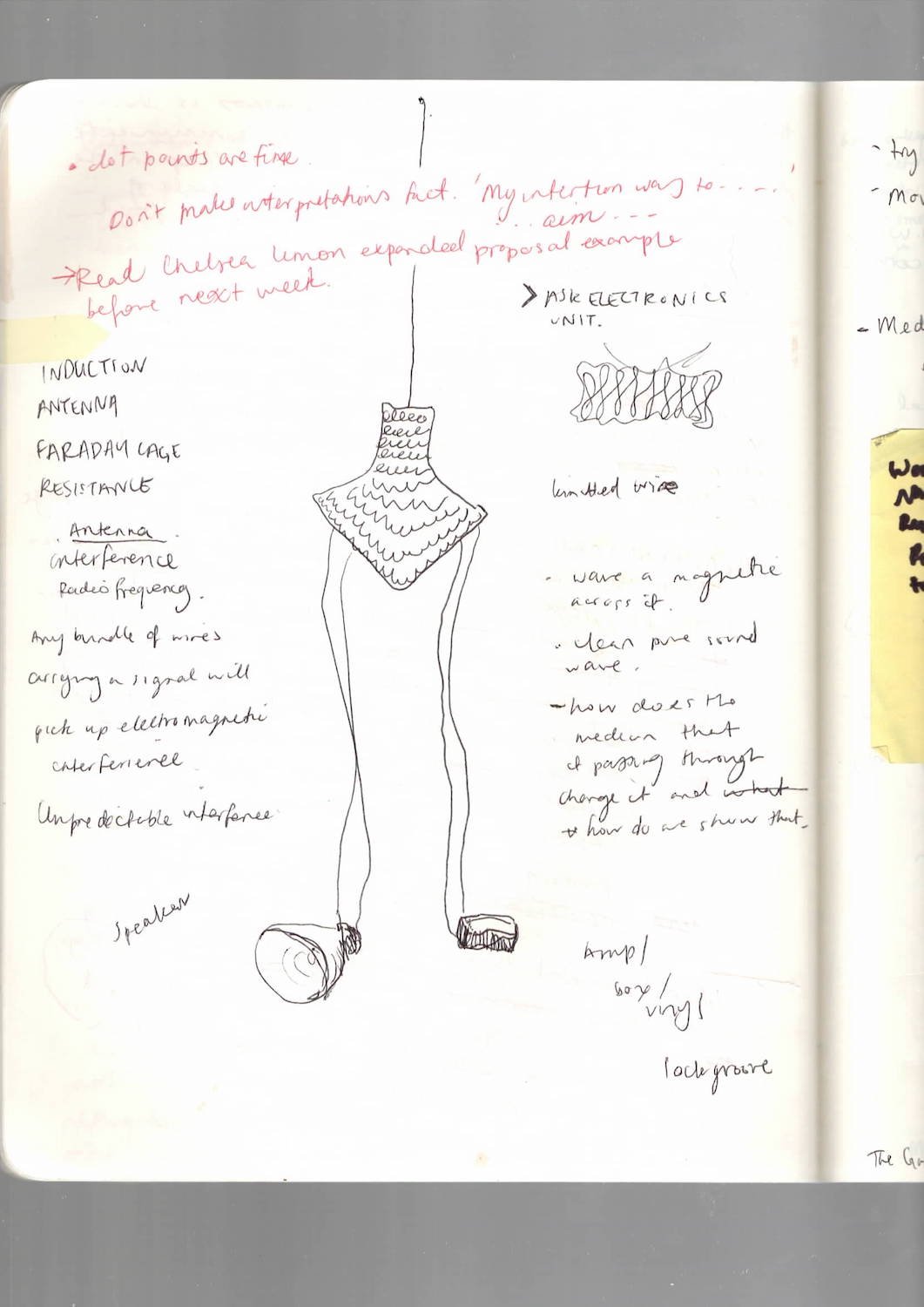
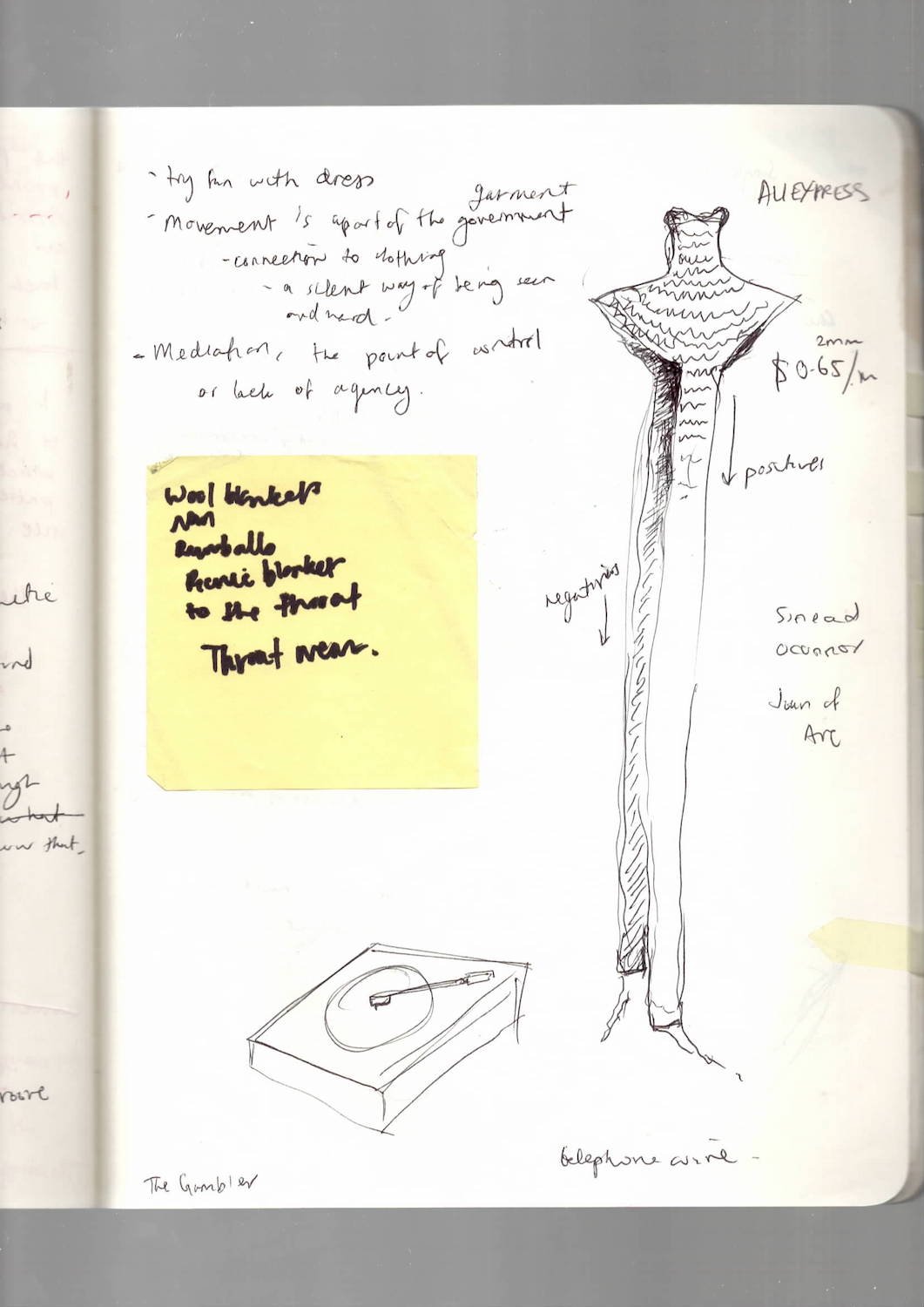
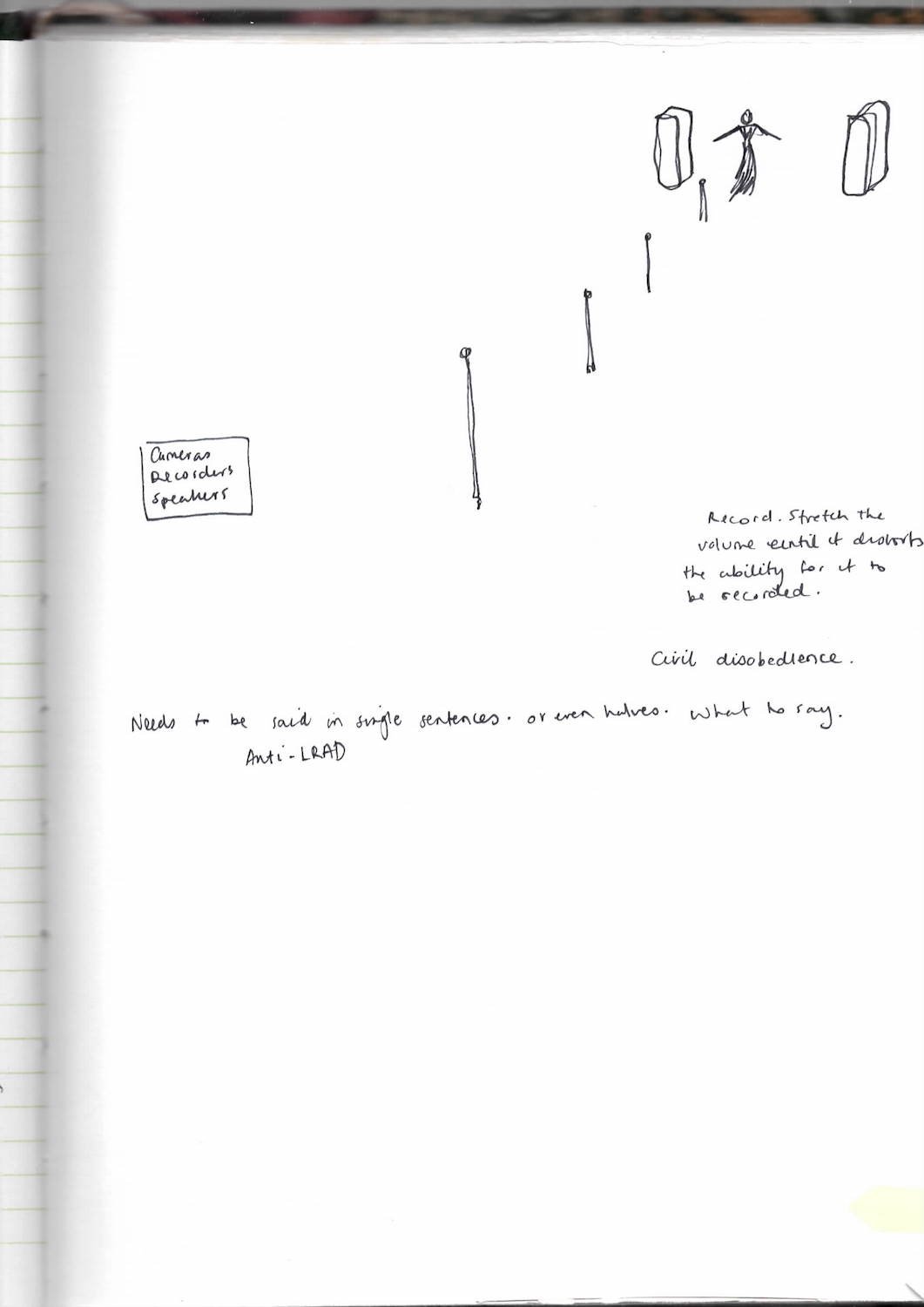
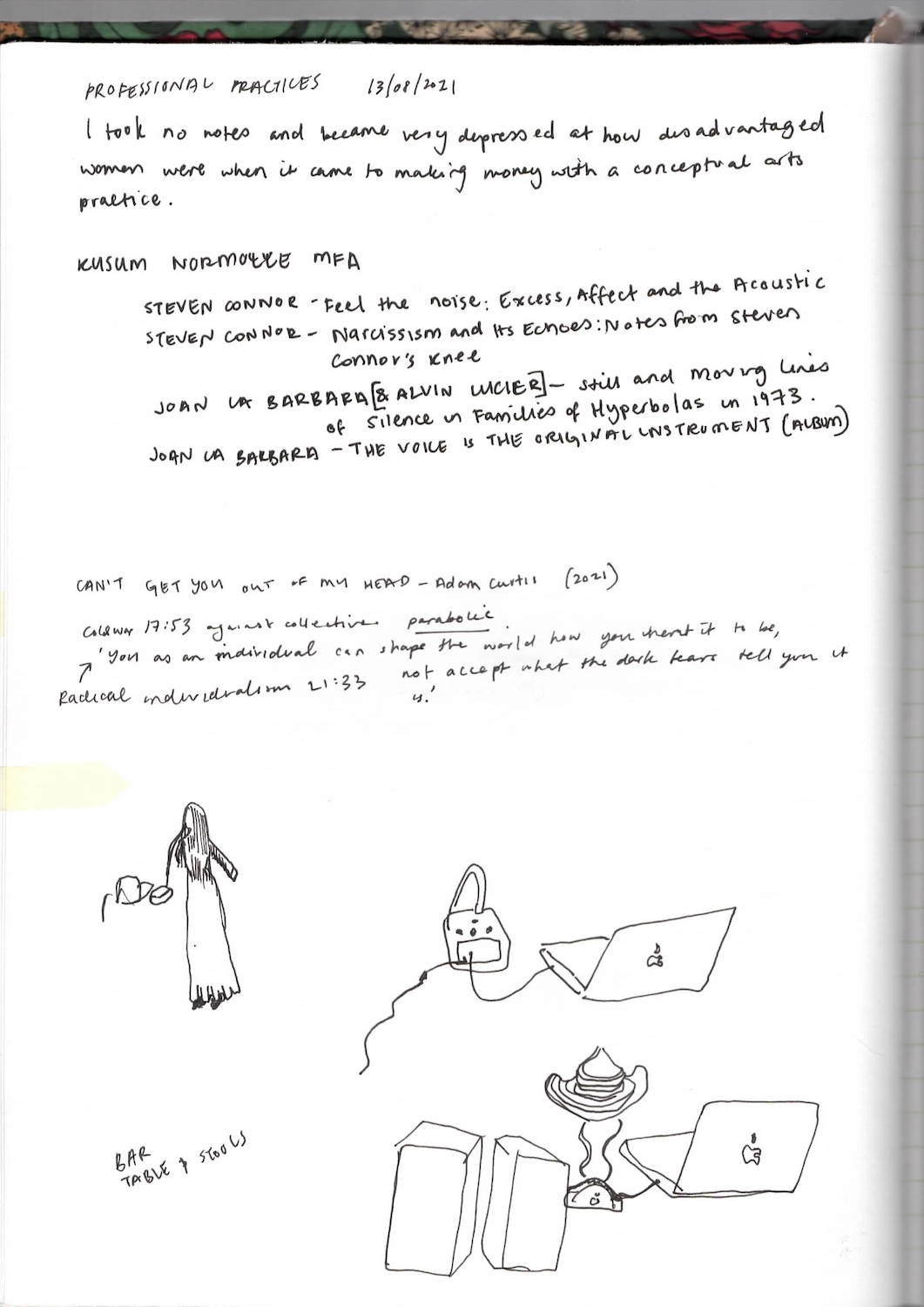
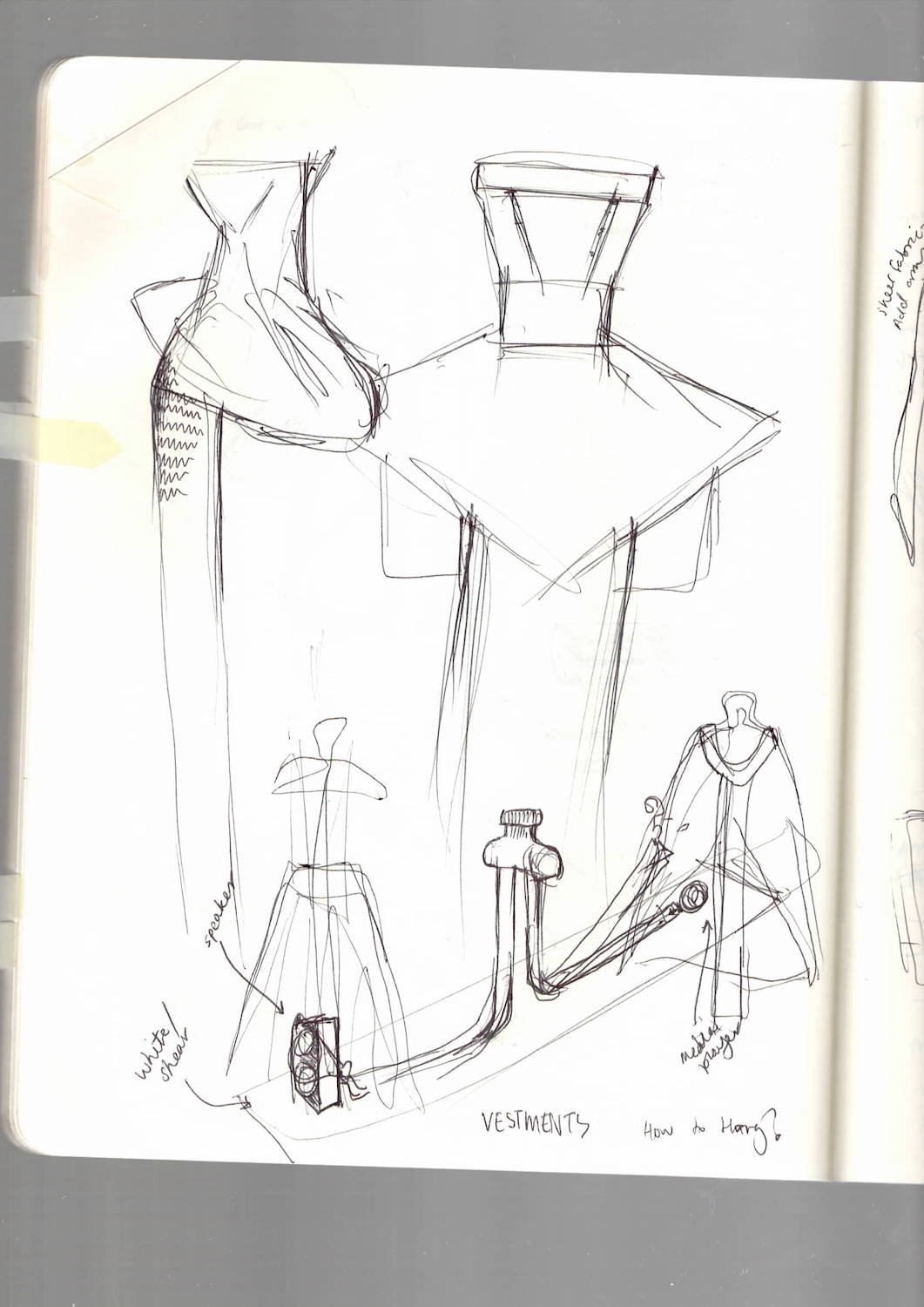
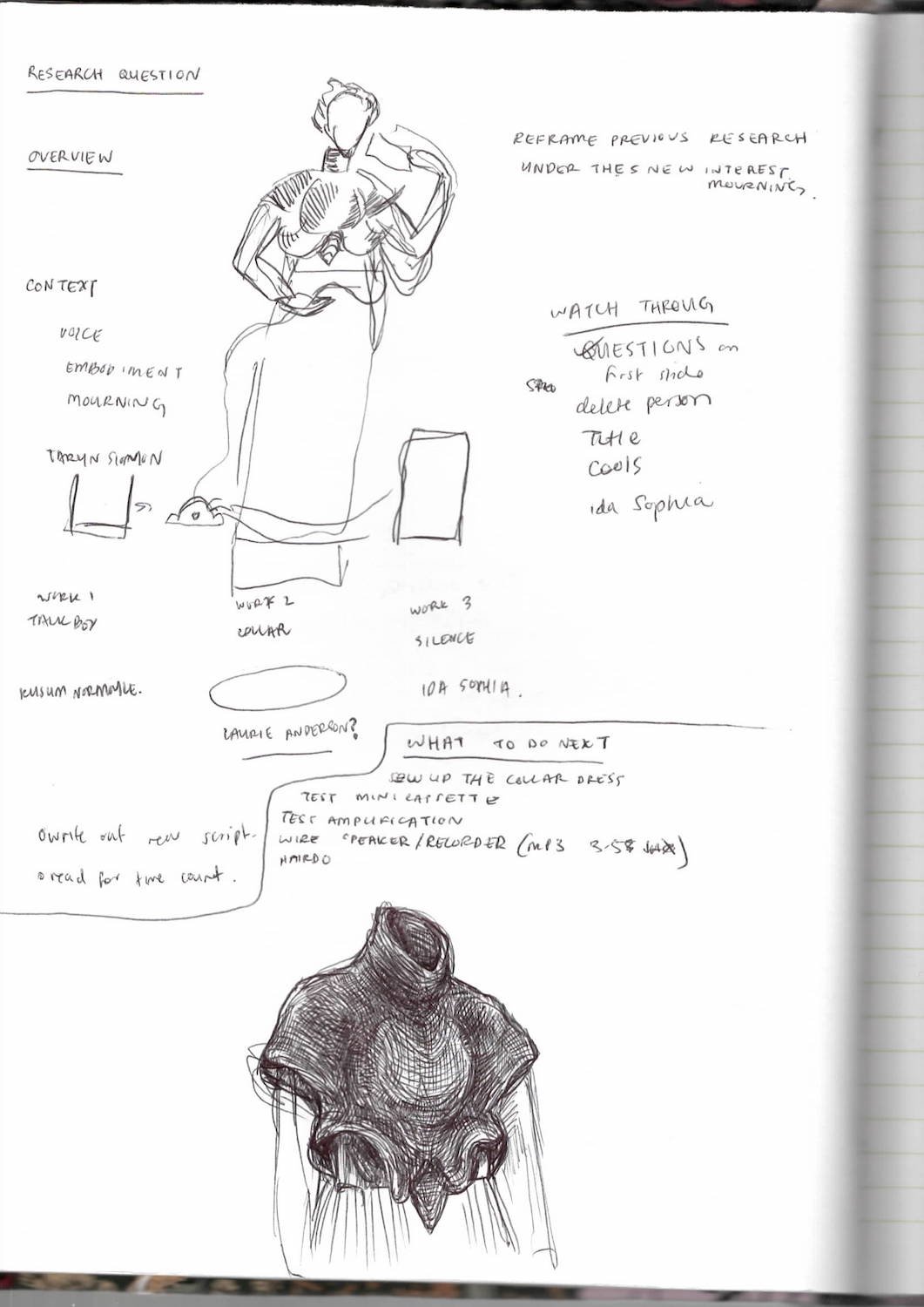
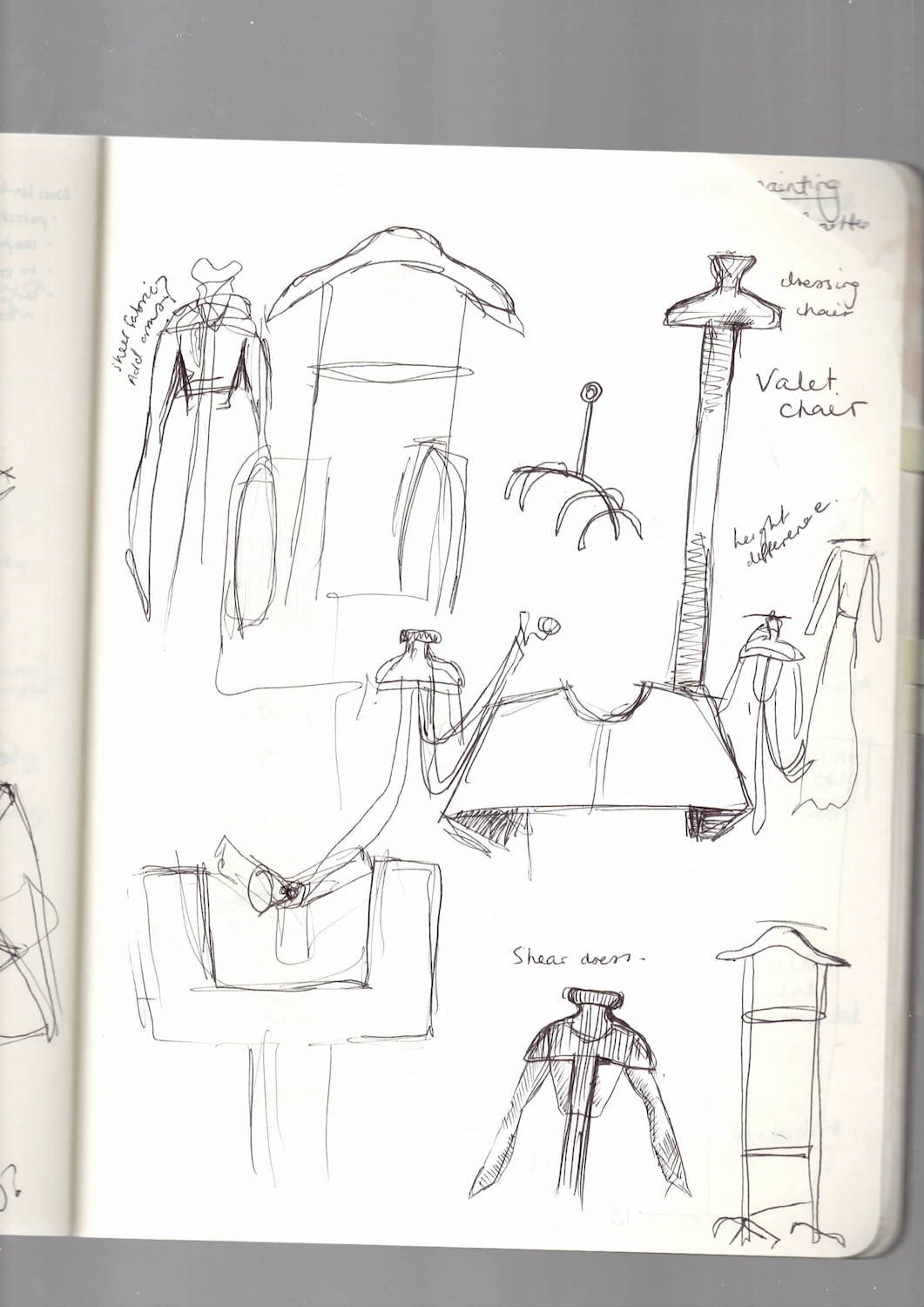
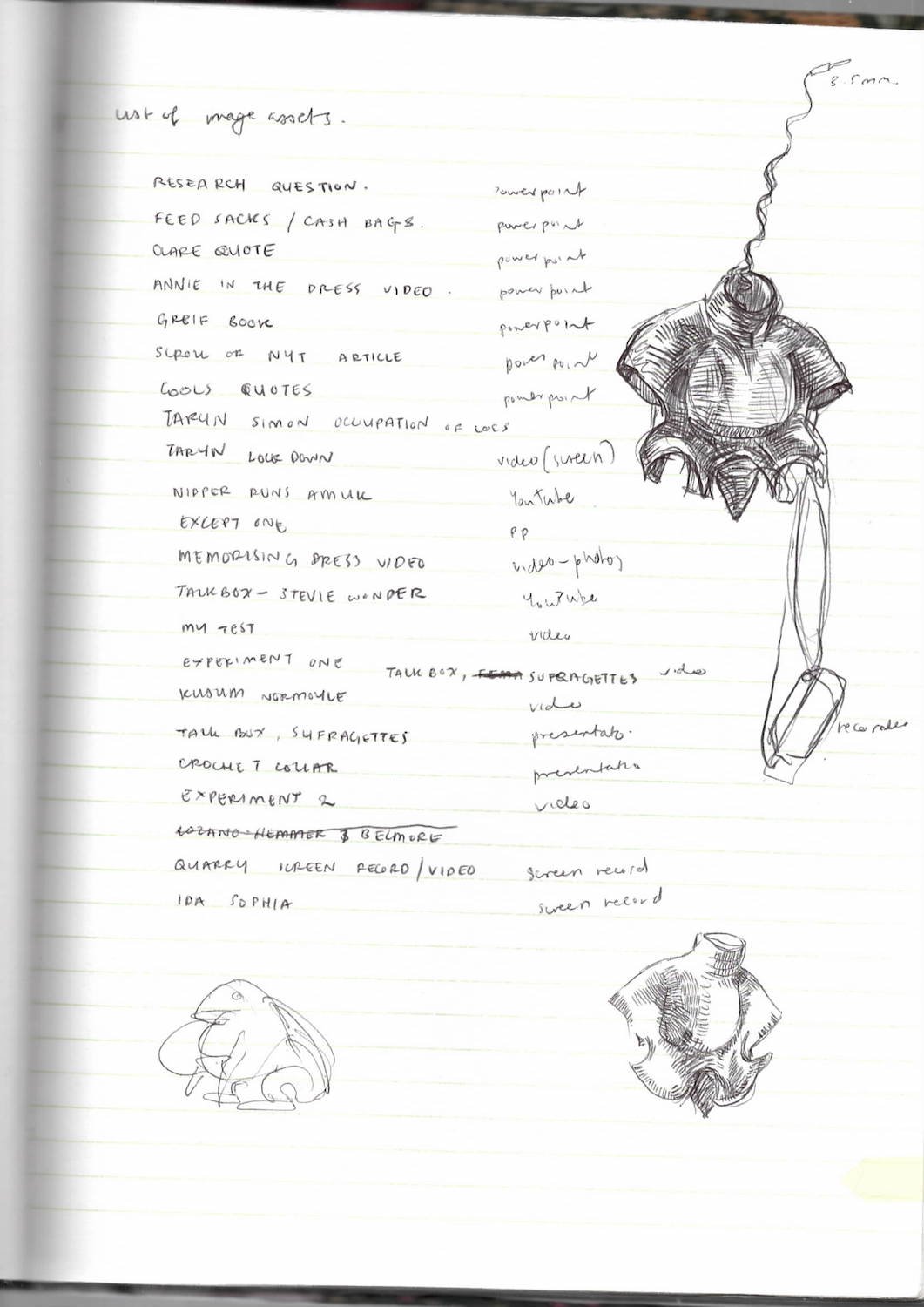
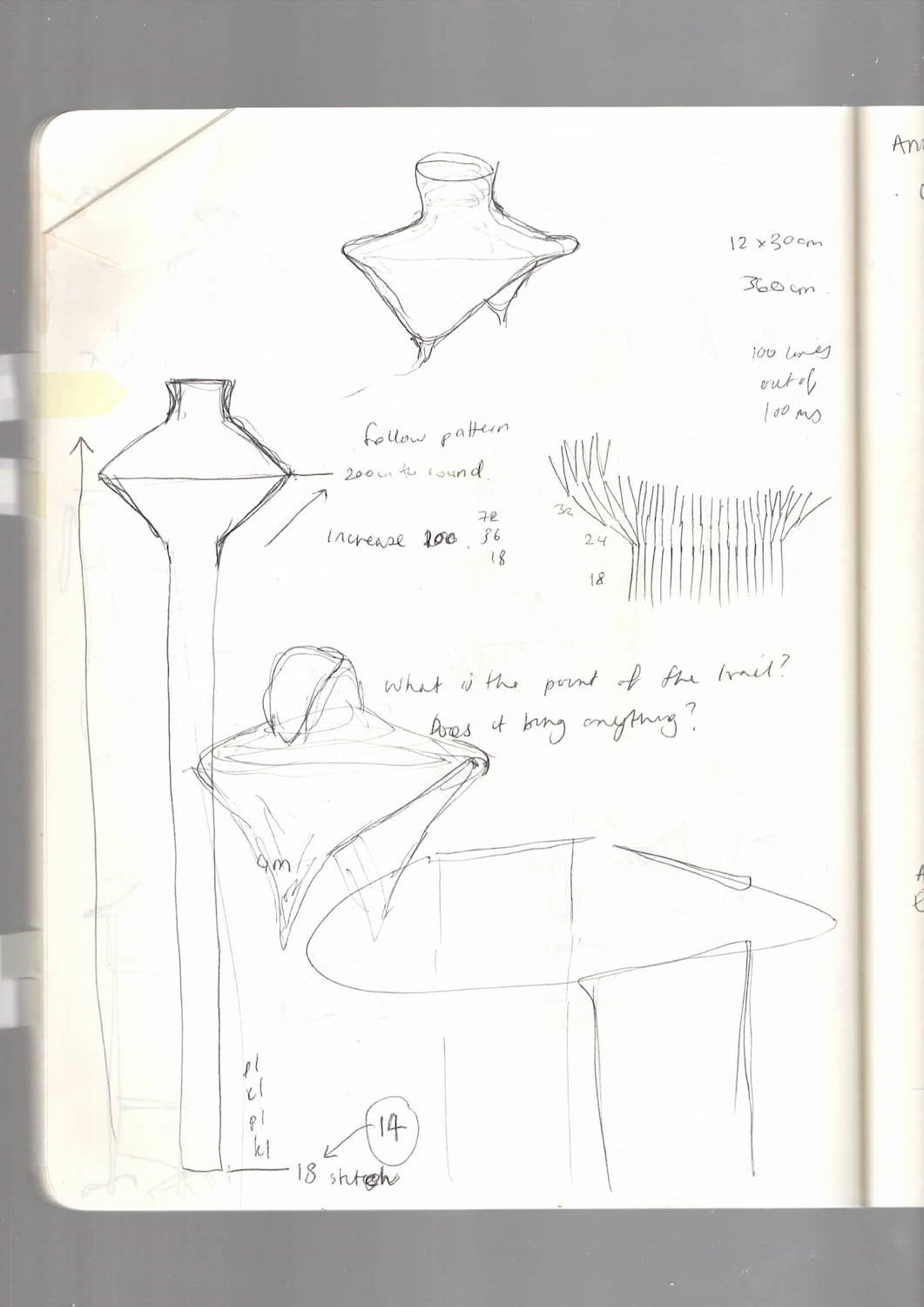
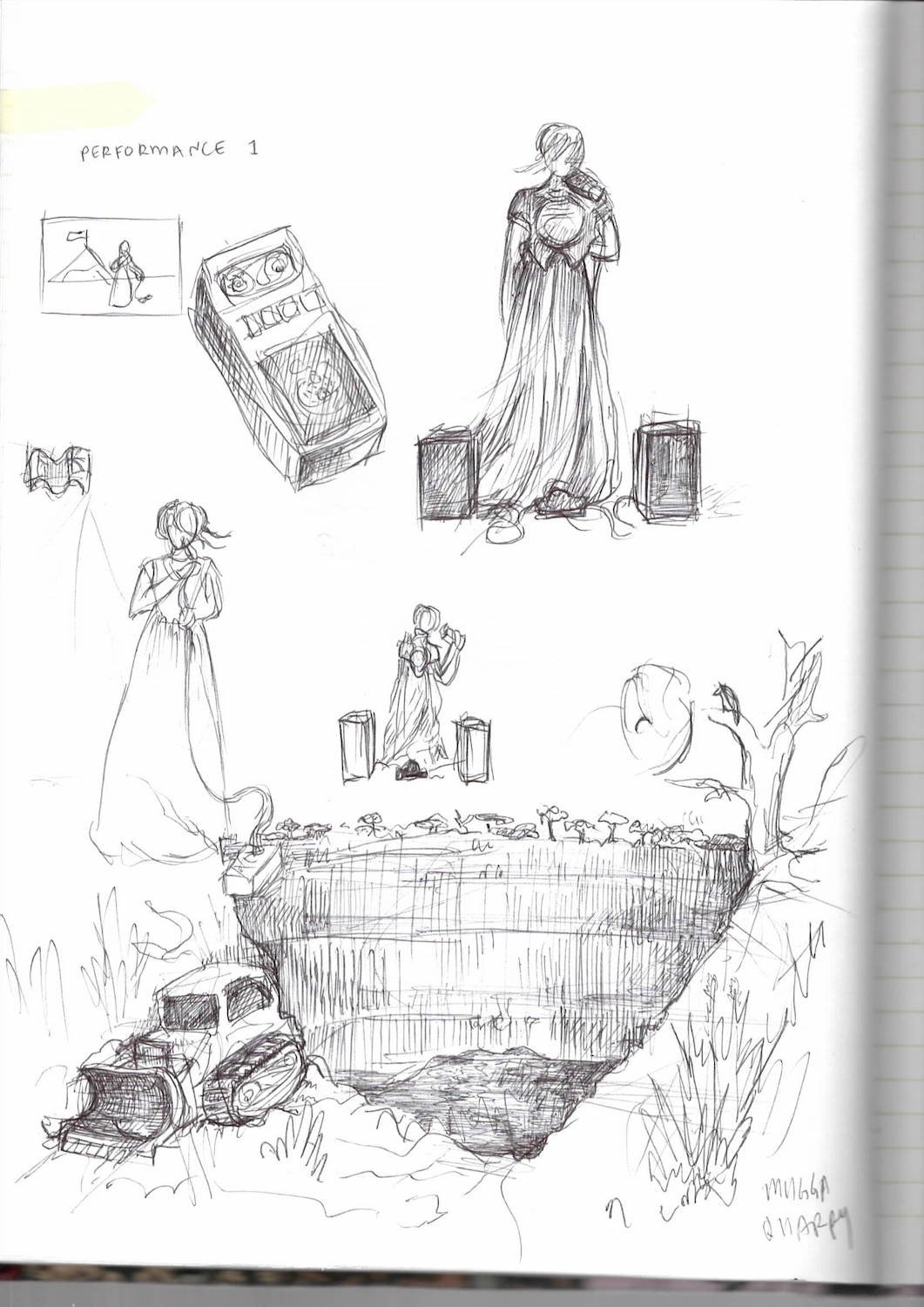
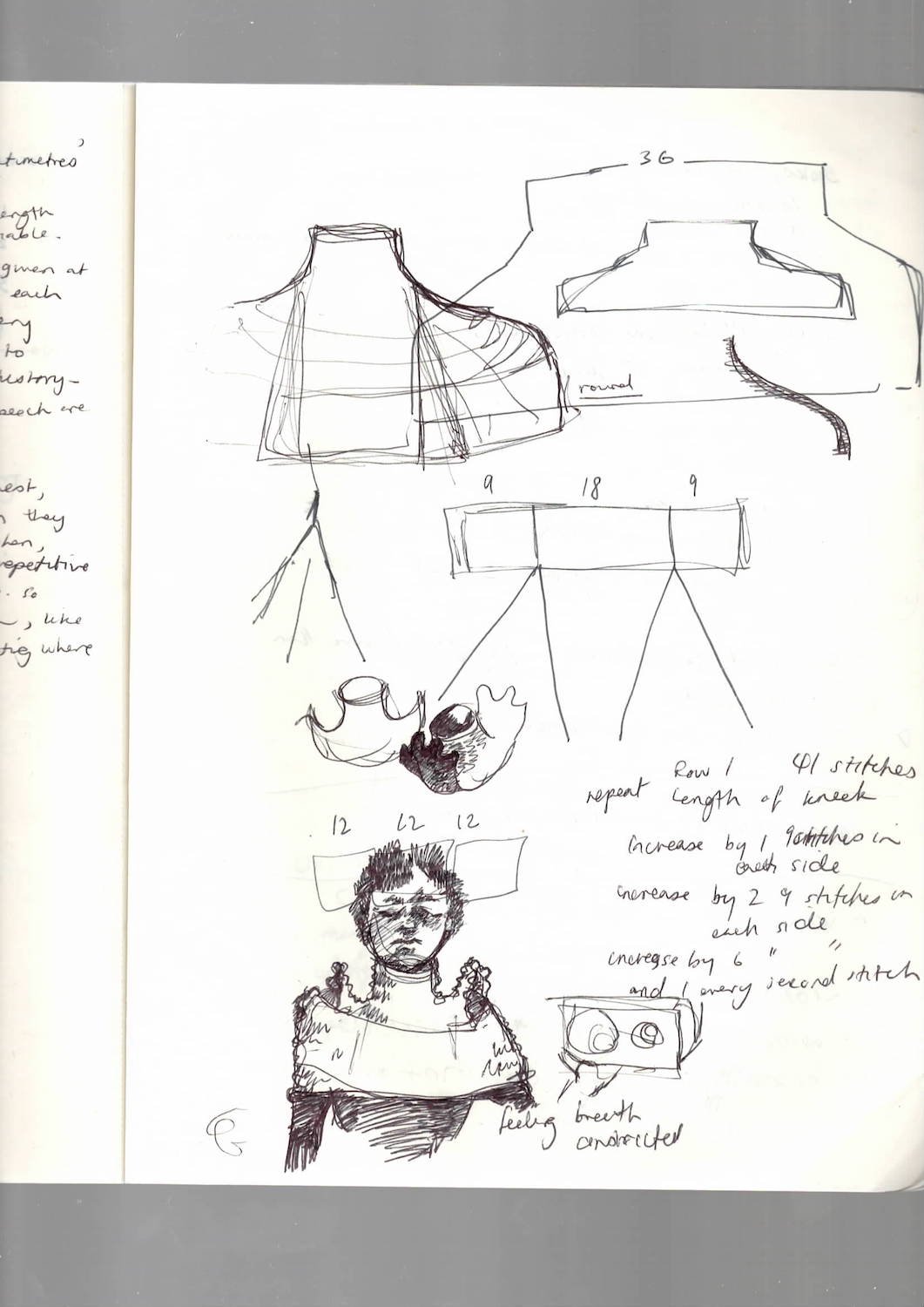


To complete this work, I took a new collar to Mugga Quarry, an abandoned quarry in O’Malley, ACT. The new collar has been made as restrictive as the first but now comes down the torso to highlight the anatomy of vocal amplification, lungs, ribcage and diaphragm. I wore a plain calico dress under the collar, linking it to the same material that was used to make the cash bags. In that highly resonant space, I set up large speakers and performed Excerpt One into a small tape dictation machine. I then played the recording at maximum volume, through the dictation machine, the collar, and the speaker system. The video was primarily shot from afar, barely capturing my original voicing, and shows my body as small against the rockface.
The shoot happened on a particularly windy day. In the video, the dress buffets my legs and the wind dominates the audio recording, but the amplified playback, somewhat distorted by the quality of the recording on the dictation machine, pushes through clearly. By repeating Excerpt One, I aimed to fill space with my own voice and the words of my grandmother. Like the writing of the Memorising Dress, this act let me arrest the echo, staying with the clear facts of this story and exercising my memorising publicly. The distortion of the wind added to the perception of effort, reminiscent of the rumble of the crowd in the recording of the Women’s March 4 Justice.
Speaker Collar II and the dictation machine during shooting Empathy Apparatus Two. Photo: Rory Gillen 2021.

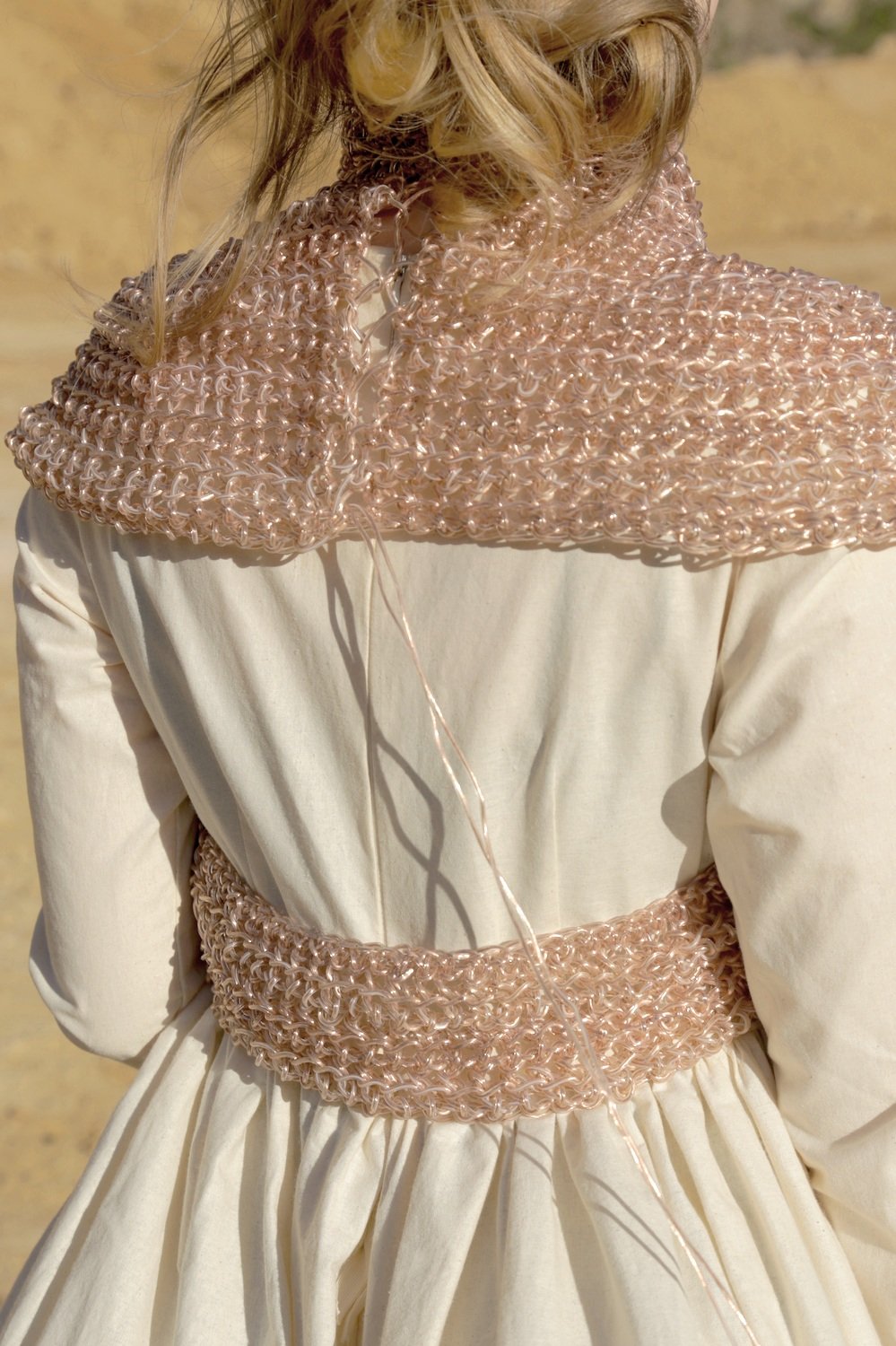








Calico dress worn under The Speaker Collar (front view), Photo: Rory Gillen 2021.
Calico dress worn under The Speaker Collar (back view), Photo: Rory Gillen 2021.







